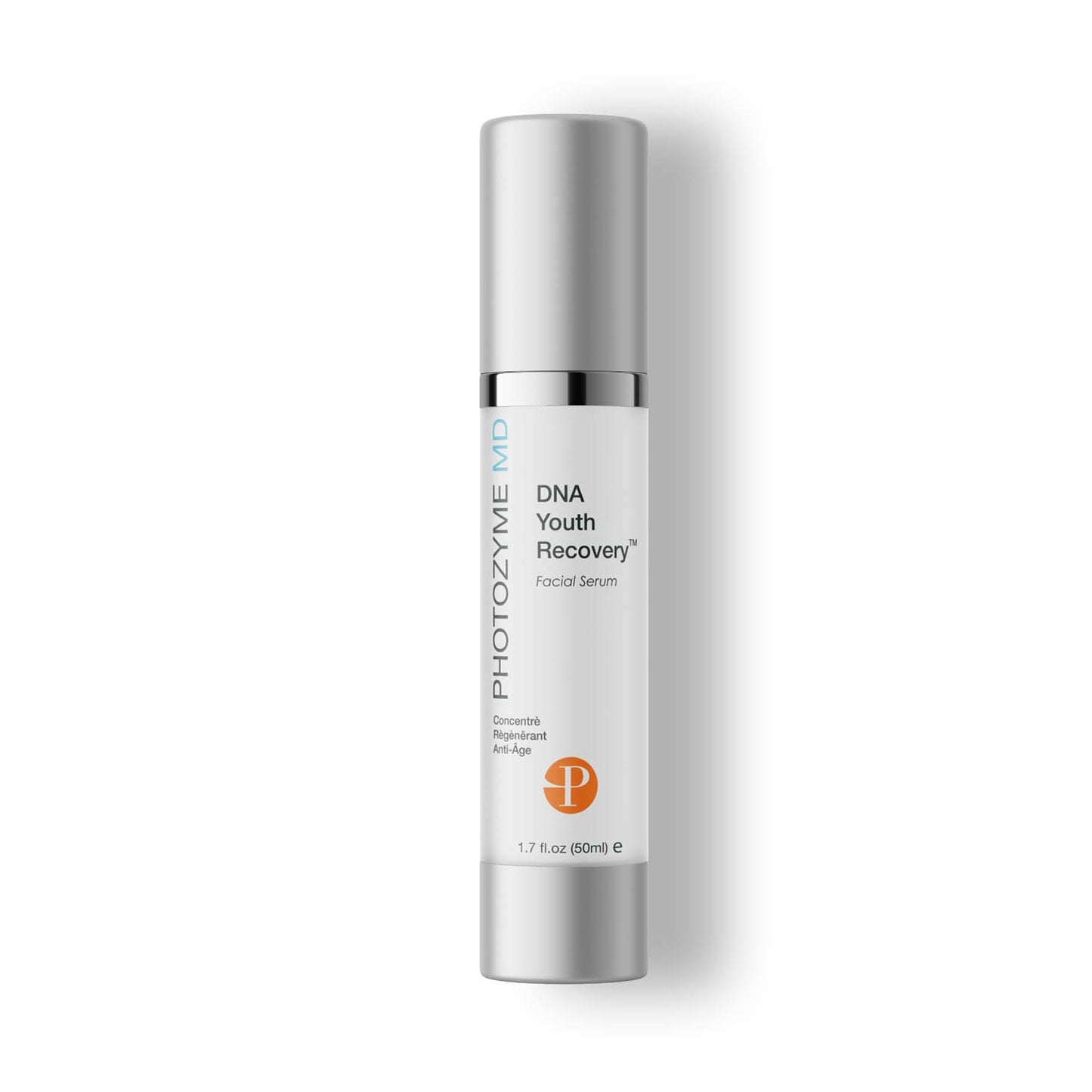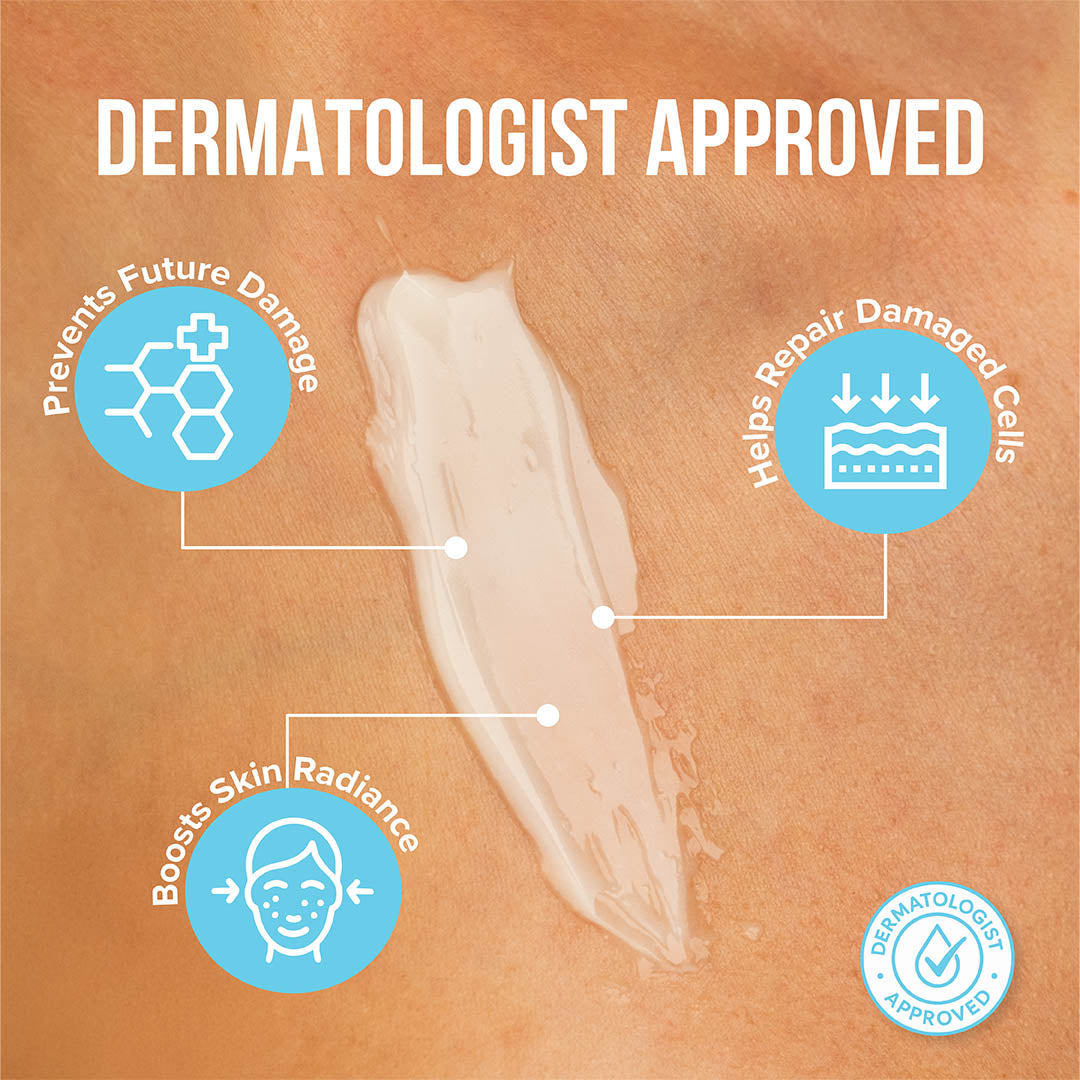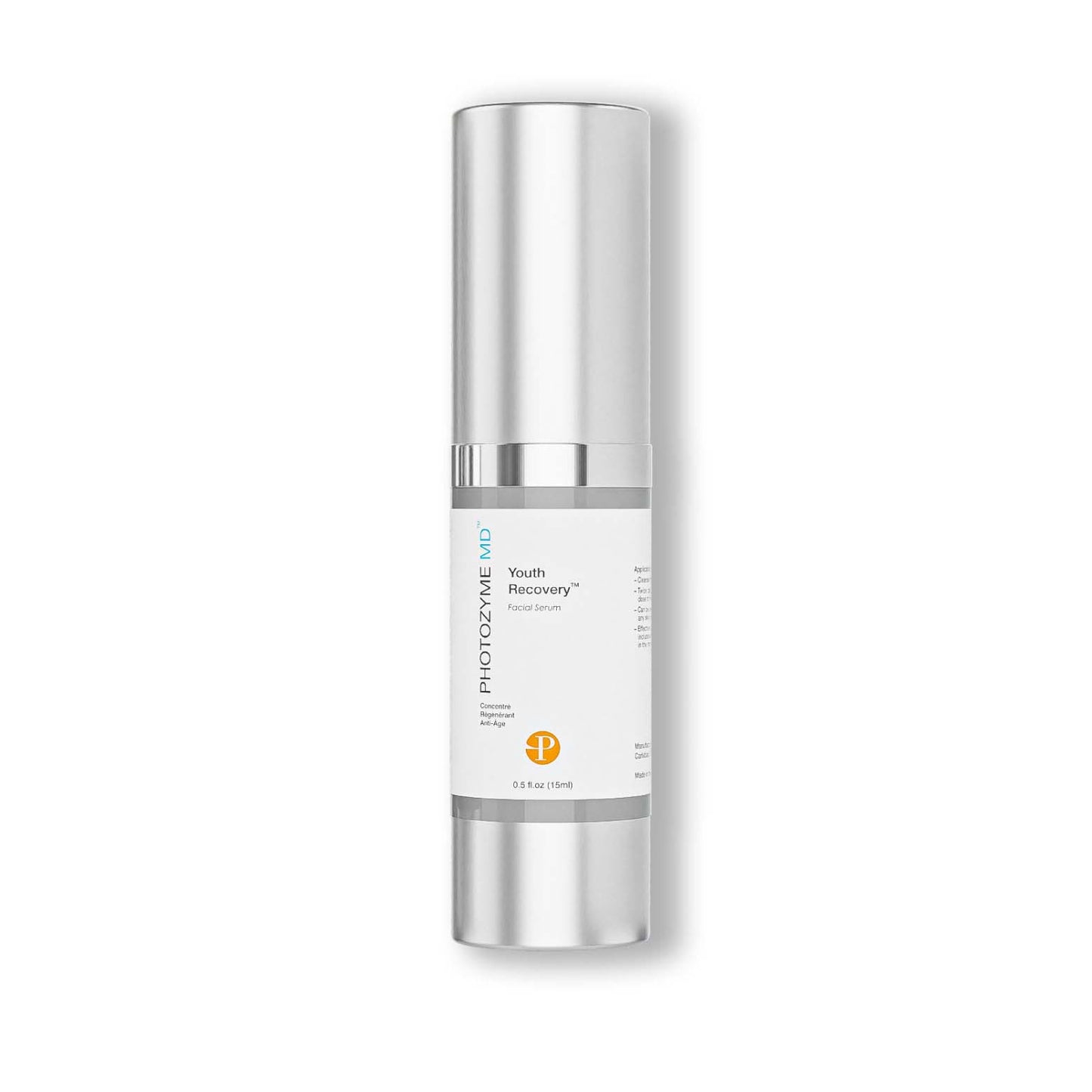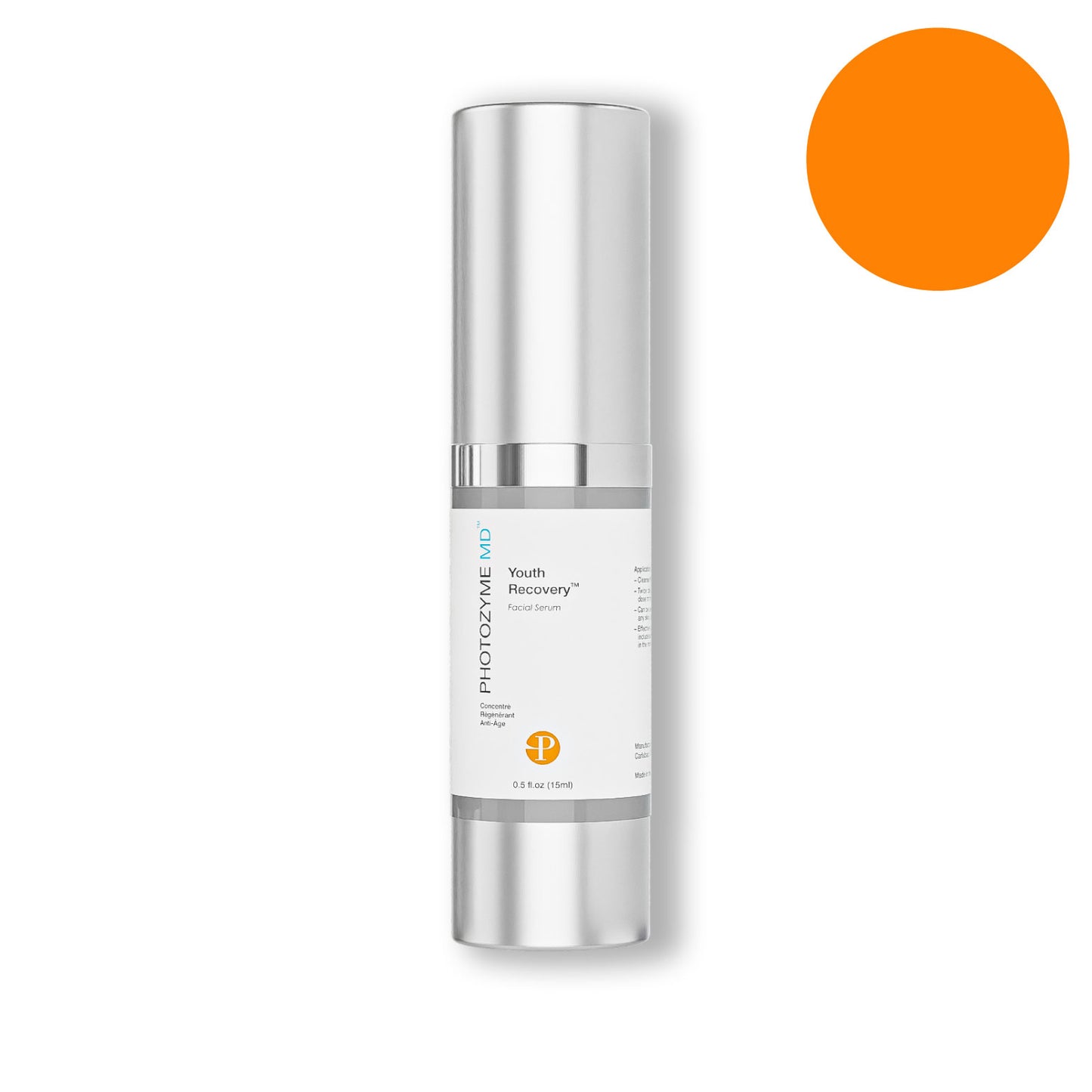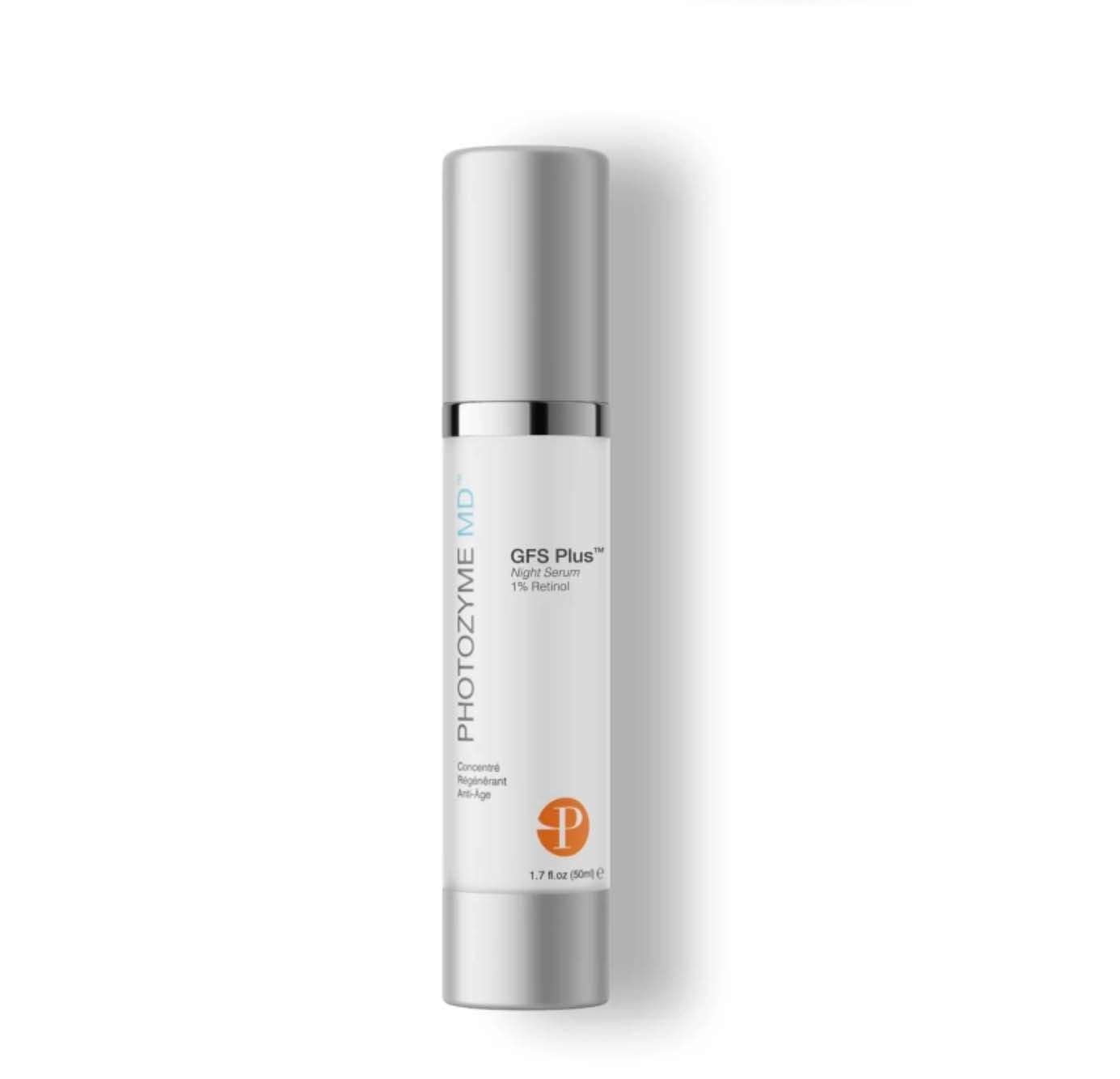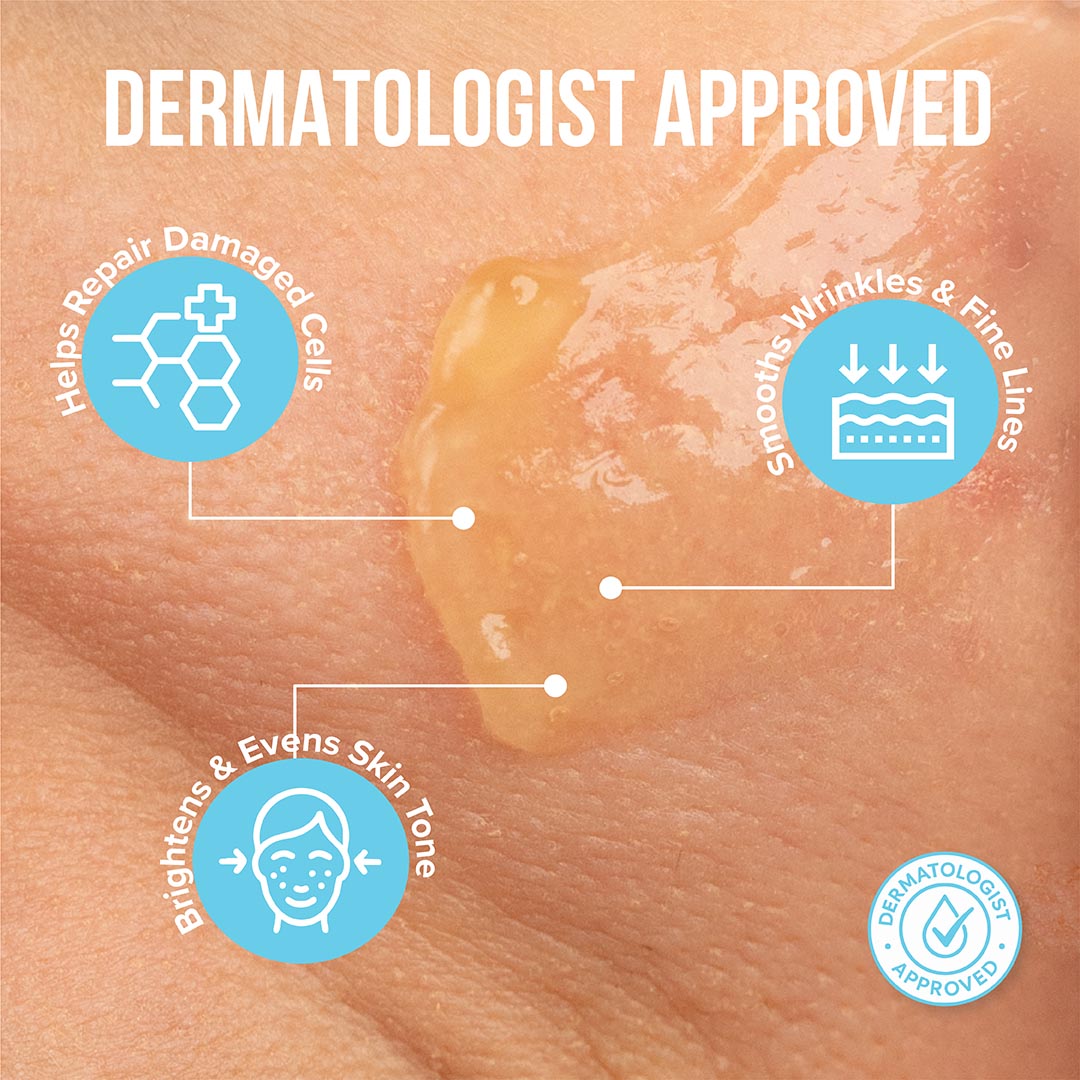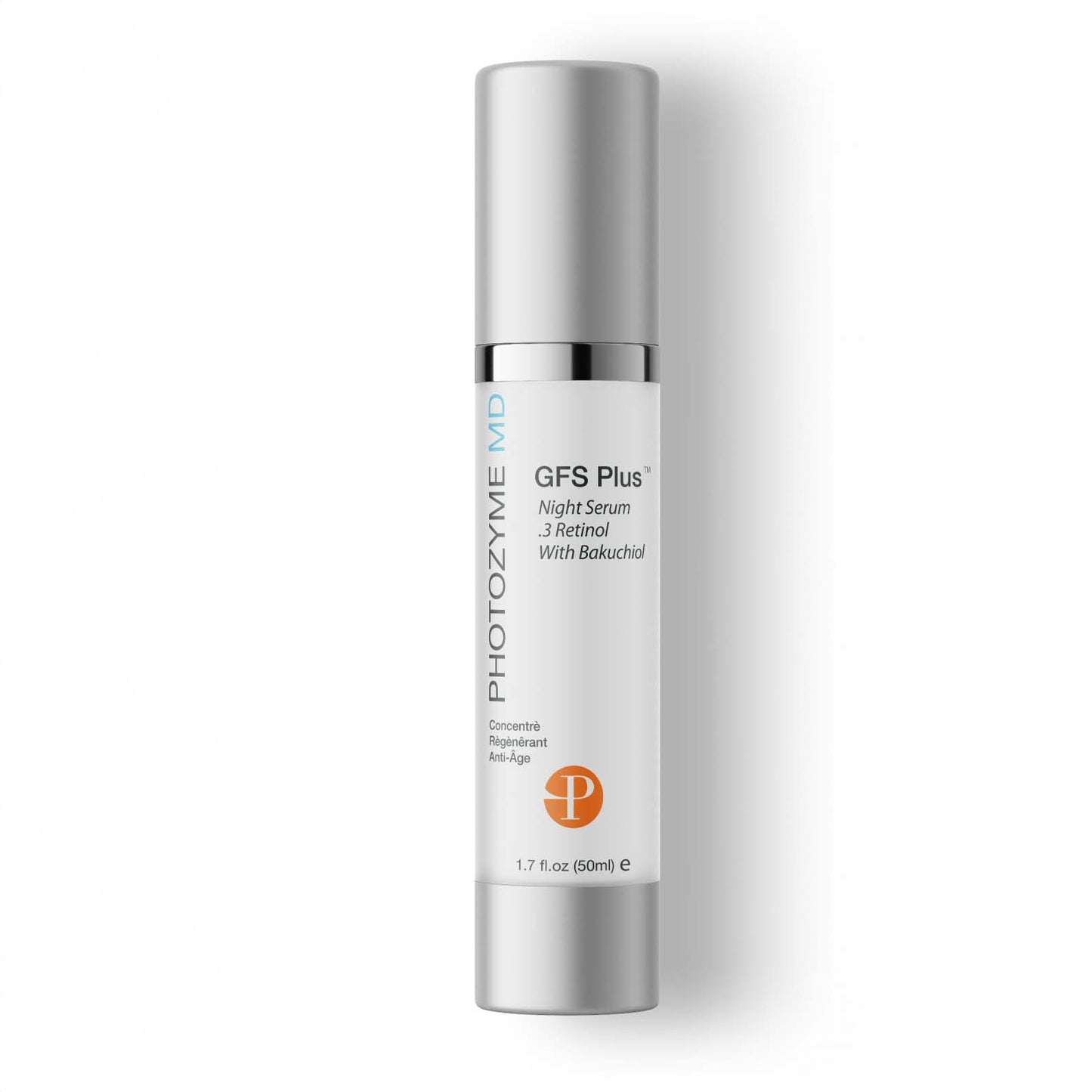Choosing a serum for oily skin requires digging past marketing hype and understanding what truly supports skin balance at a cellular level. One of the central challenges for individuals with oily skin is hydrating effectively without overwhelming the skin barrier or triggering breakouts. The answer lies in humectants, ingredients that attract and retain water in the skin, fostering optimal hydration without adding excess oil or causing congestion.
Why Humectants Are Better Than Heavy Moisturizers
Unlike heavier emollients or occlusives, humectants such as glycerin, hyaluronic acid, and sodium PCA are molecular magnets for moisture. They draw water from the environment or the deeper layers of the skin, helping keep the uppermost layers plump and resilient, especially after sun exposure or harsh cleansing. Research shows that lightweight humectants maintain hydration without modifying sebaceous gland activity, so they won’t send oil production into overdrive, a top concern for oily skin types.
How Non-Comedogenic Humectants Support Barrier Function
Of equal importance is the non-comedogenic profile of well-chosen humectants. Many serums formulated for oily skin explicitly exclude pore-clogging ingredients, ensuring the actives deliver hydration and benefits like improved texture or DNA repair without the risk of blocked pores. Clinical studies back up the fact that strategic use of humectants calms the skin's surface and supports long-term resilience, helping to diminish the look of fine lines and pigmentation with zero heaviness.
The Role Of Scientific Formulation In Hydration Strategy
A science-based serum leverages these principles, offering targeted hydration, supporting barrier repair, and setting the stage for active ingredients to perform without compromise. For anyone serious about advanced anti-aging care, understanding humectants is key to achieving healthy, luminous skin without the cost of shine or breakouts.
Morning Vs. Night: Optimal Serum Application Schedule
Understanding when to apply a serum for oily skin can make all the difference in unlocking its full benefits. The skin’s needs, and its natural processes, shift distinctly between day and night, and aligning your serum usage accordingly ensures optimal results.
Morning Application
During the day, your skin is in defense mode, working to protect itself from environmental aggressors, pollution, and, most significantly, UV radiation. Applying a lightweight, non-comedogenic serum for oily skin in the morning delivers active ingredients that help balance sebum production without clogging pores, offering antioxidant defense and cellular support. Pairing a serum application with broad-spectrum sunscreen further fortifies the skin’s barrier, ensuring it’s primed to combat external stressors throughout the day.
Night Application
At night, the skin transitions into its repair and regeneration phase. This is when it most efficiently absorbs nutrients and actively repairs any damage accrued during the day. Applying a serum for oily skin in the evening leverages this natural cycle, intensifying the delivery of targeted ingredients, particularly those aimed at DNA repair, calming inflammation, and correcting the appearance of hyperpigmentation and fine lines. Utilizing a nighttime serum routine maximizes the efficacy of the actives, helping to improve texture, tone, and overall skin clarity while you sleep.
